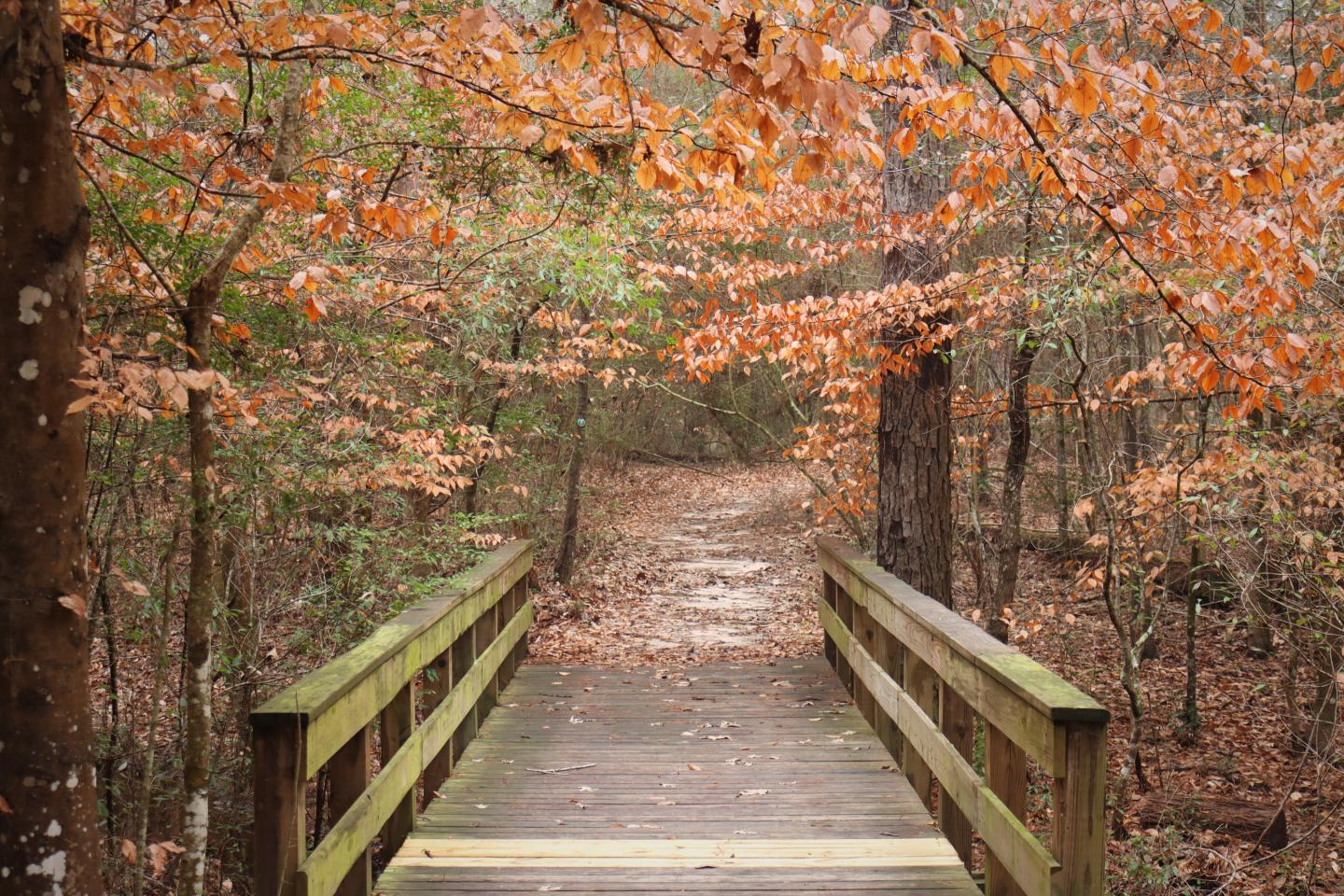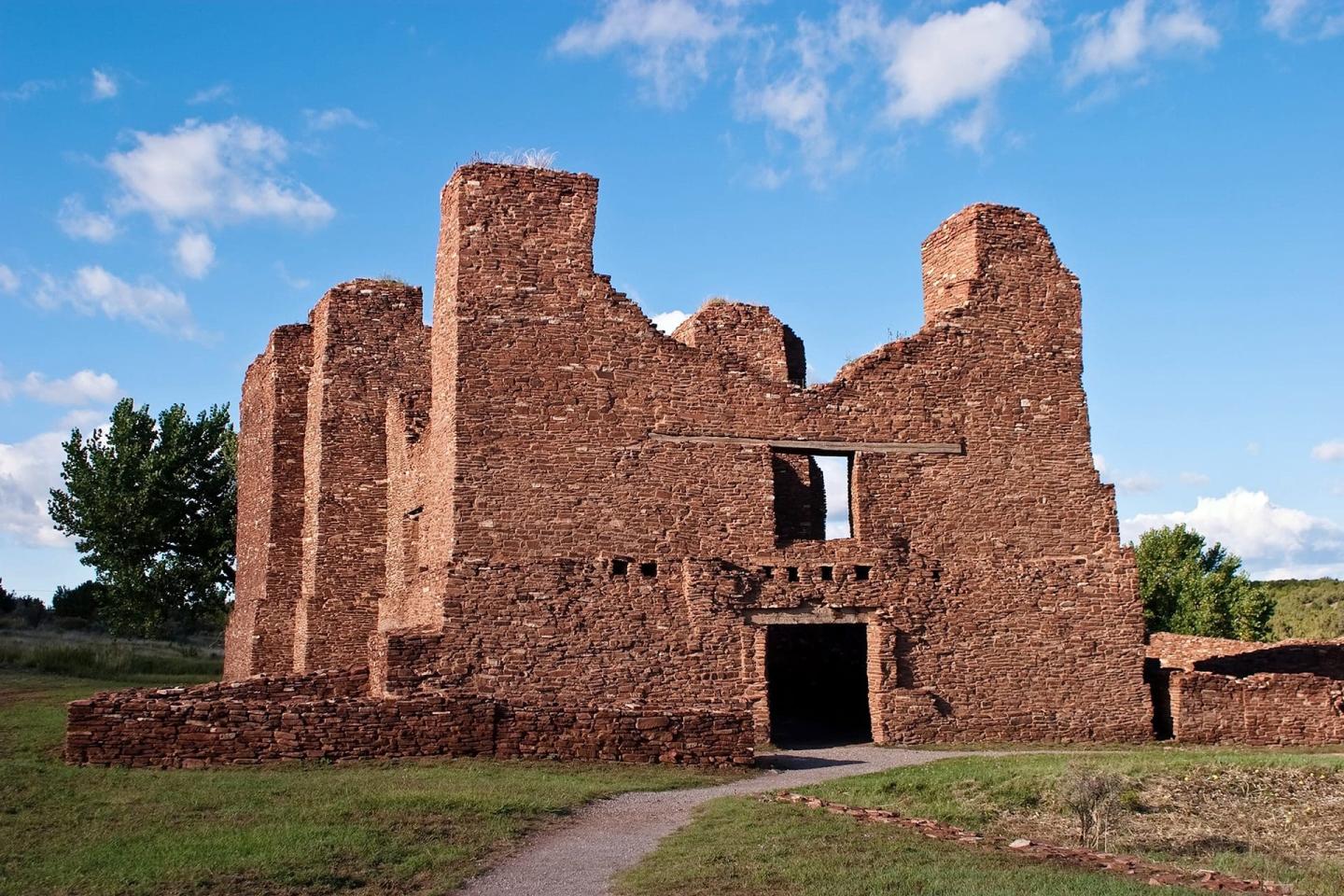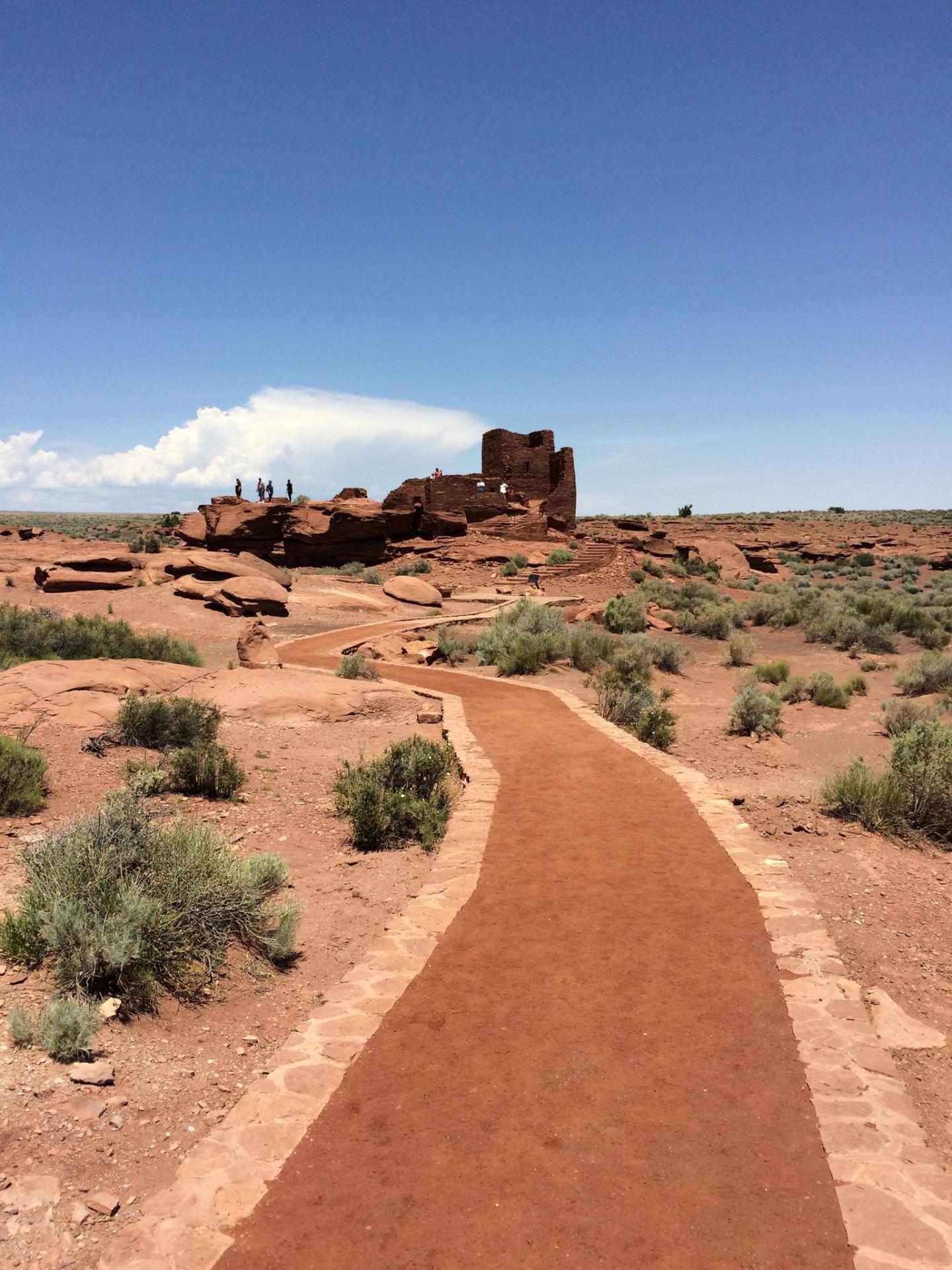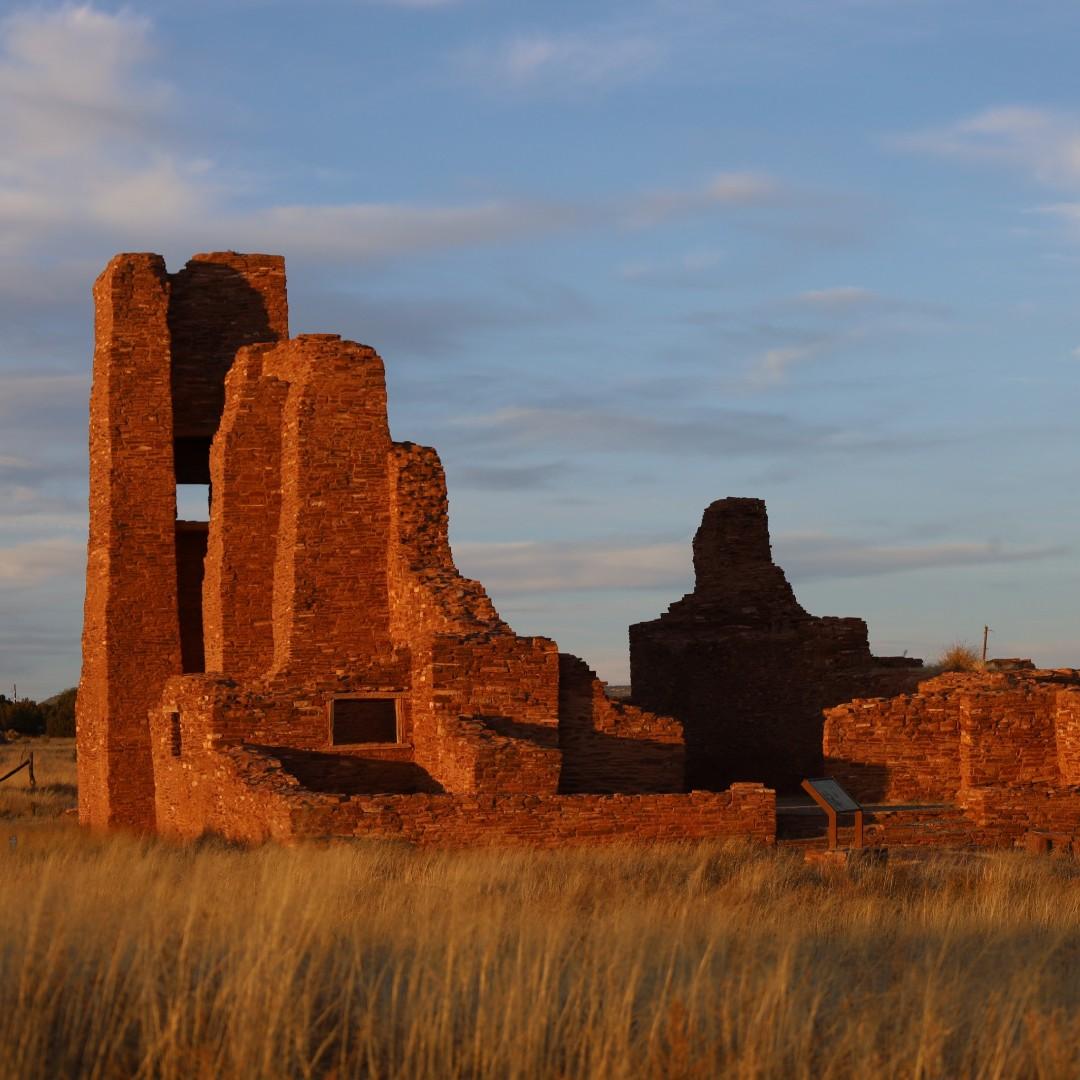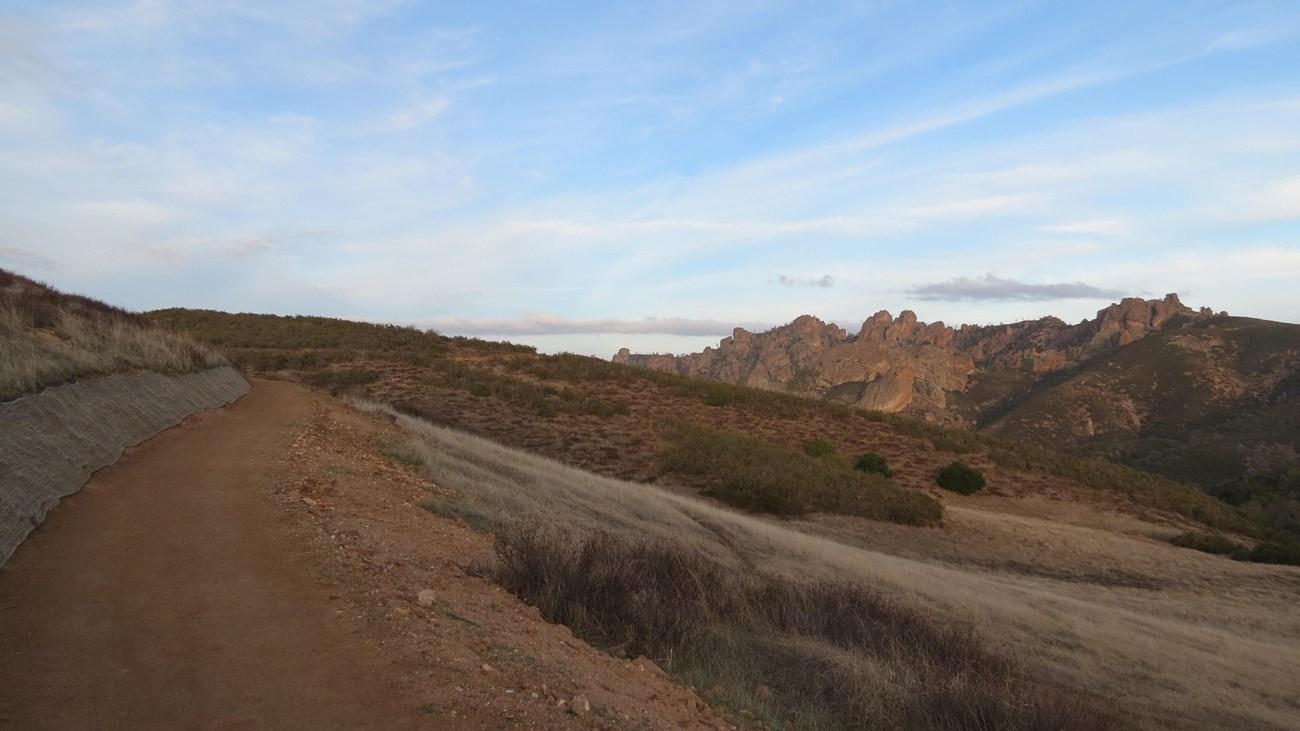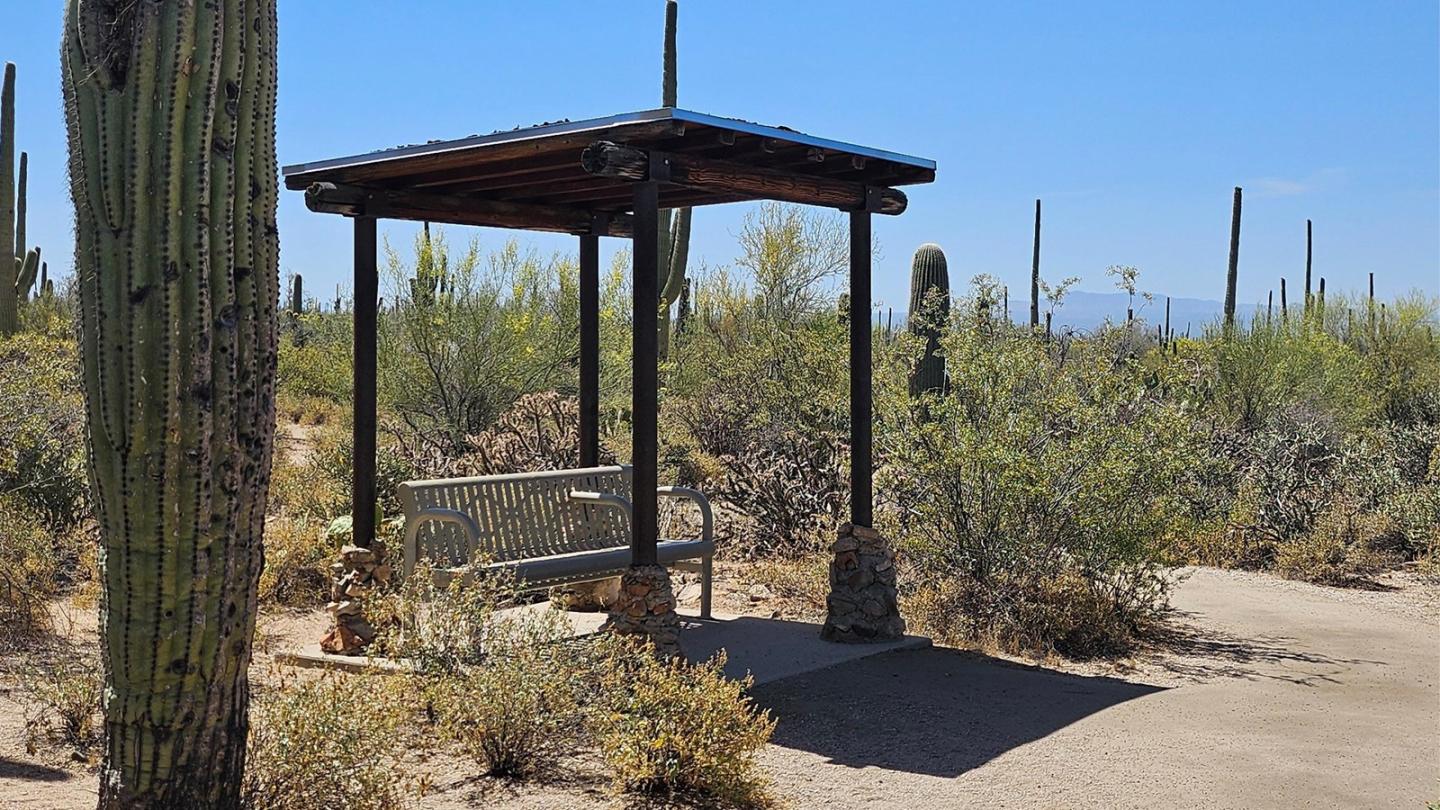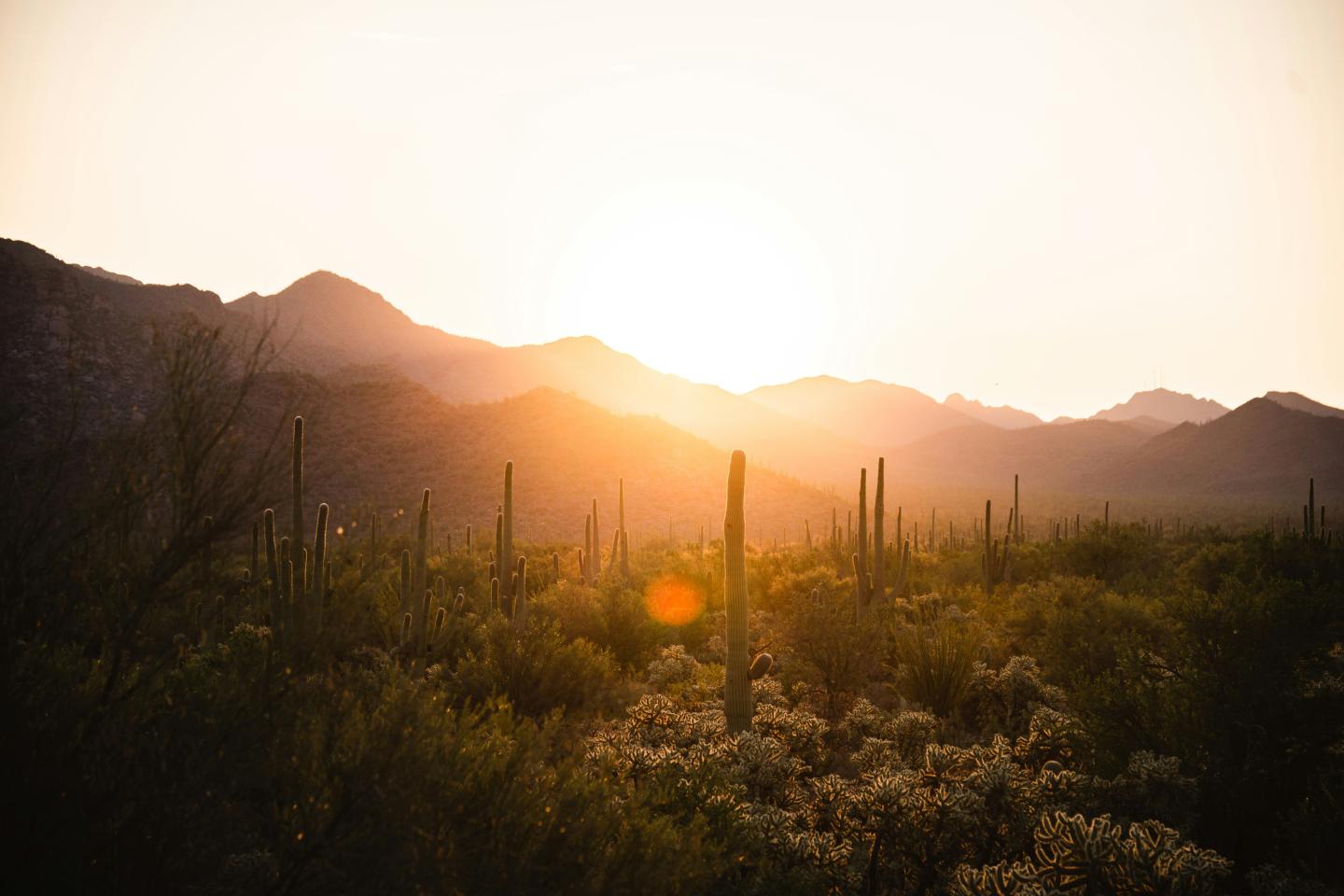
10 accessible national park trails everyone can enjoy
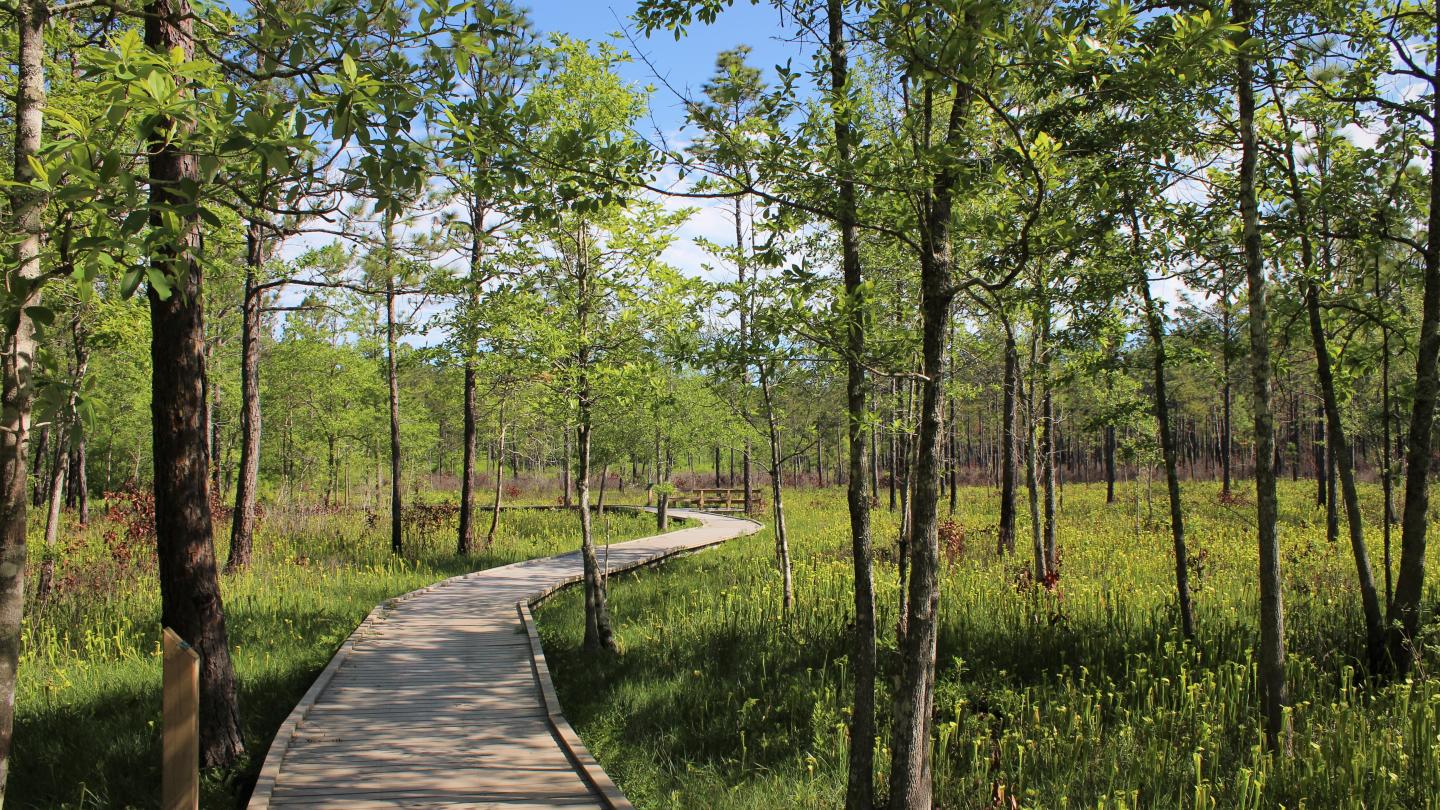
National parks are for everyone. From desert vistas to volcanic flows, these wild spaces are filled with stories, science, and stunning landscapes. Whether you’re using a wheelchair, pushing a stroller, or simply looking for a gentler path to explore, these accessible trails invite all visitors to experience the wonder of public lands.
We’ve rounded up ten trails—from paved desert paths to shaded forest boardwalks—that are accessible and full of unforgettable views.
10 accessible trails
Pitcher Plant Trail – Big Thicket
Length: 1-mile loop
Surface: Boardwalk and flat dirt path
This trail is a hidden gem in east Texas. A boardwalk loop through Big Thicket takes you through a forest of longleaf pines where the namesake pitcher plants thrive—bright yellow and uniquely shaped, these carnivorous plants are captivating to kids and adults alike. The boardwalk is wide and smooth, making it easy to navigate, and interpretive signs explain the preserve’s rich biodiversity.
Bench Trail – Pinnacles
Length: 5.9 miles (a portion of it packed)
Surface: Dirt and gravel, relatively level
Pinnacles is best known for its dramatic rock spires and California condors soaring overhead. The Bench Trail follows the base of the cliffs through oak woodlands and grasslands. Though not paved, it’s generally flat and manageable for many wheeled users. It’s one of the quieter trails in the park, offering solitude and wildlife watching.
Mission Loop Trail – Salinas Pueblo Missions
Length: 0.5 miles
Surface: Paved and stone loop with interpretive signage
At the Abó unit of Salinas Pueblo Missions, the Mission Loop Trail leads to the remains of a 17th-century Spanish mission built atop ancestral Puebloan structures. The paved trail winds through the structure and nearby desert terrain, with accessible signage sharing stories of cultural resilience and religious history. With wide paths and quiet surroundings, it’s a trail that invites reflection.
Desert Discovery Nature Trail – Saguaro (West)
Length: 0.5 miles
Surface: Paved loop
In the heart of the Sonoran Desert in the west district of Saguaro National Park, this short, paved trail winds through a cactus forest dense with towering saguaro. Interpretive signs share insights about desert plants, wildlife, and climate, and there are shaded benches throughout for rest. Sunset here is pure magic—the silhouettes of the cacti stand tall against a golden sky. This is a perfect introduction to the park’s unique ecosystem, and it’s designed with accessibility in mind from start to finish.
Lava Flow Trail – Sunset Crater Volcano
Length: 1-mile loop (0.25 miles paved)
Surface: Paved and compacted cinder
Step into a landscape shaped by fire. The Lava Flow Trail at Sunset Crater Volcano National Monument offers a close-up look at cinder fields, lava tubes, and dramatic volcanic formations. While only part of the loop is paved, that section provides excellent views and access to interpretive signs. It’s a rare chance to explore geologic history on a trail that accommodates wheelchairs and strollers.
Wupatki Pueblo Trail – Wupatki
Length: 0.5 miles
Surface: Paved and hard-packed trail
This culturally rich trail leads to the remains of a 900-year-old ancestral Puebloan great house. Though there are a few uneven areas, the first portion of the trail is accessible and takes visitors past viewpoints and informative panels. Wupatki’s massive red sandstone walls and sweeping high desert views leave a lasting impression, connecting visitors to the long human history of the Colorado Plateau. Pick up a beautifully designed trail guide, published by Western National Parks, for an immersive experience.
Prewett Point Trail – Pinnacles
Length: 0.9 miles round trip
Surface: Compacted gravel
This accessible trail at Pinnacles National Park offers panoramic views of the surrounding chaparral hills and the namesake pinnacles in the distance. It’s a great option for visitors who want a shorter, easier walk with big scenic payoff. Interpretive signs discuss geology and ecology, and there are places to sit and soak in the view.
Kris Eggle (Visitor Center) Nature Trail – Organ Pipe Cactus
Length: 0.1 mile
Surface: Paved
Dedicated to a fallen national park ranger, this very short and serene loop offers a peaceful stroll among desert plants, including the monument’s namesake organ pipe cactus. It’s especially beautiful in spring when wildflowers bloom. The visitor center nearby also features accessible exhibits and facilities.
Walnut Canyon Rim Trail – Walnut Canyon
Length: 0.7 miles round trip
Surface: Paved and compacted gravel
This trail skirts the edge of a dramatic limestone canyon carved by Walnut Creek. The accessible Rim Trail at Walnut Canyon includes benches and multiple overlooks of the cliff dwellings below—structures built into the canyon walls by the Sinagua people over 800 years ago. Though the Island Trail (which descends into the canyon) is not wheelchair-friendly, the Rim Trail provides excellent views without the steep climb.
Desert Ecology Trail – Saguaro (East)
Length: 0.25-mile loop
Surface: Paved
Located in the east district of Saguaro National Park (Rincon Mountain District), this short and paved trail packs a lot into a small loop. The Desert Ecology Trail is ideal for families, offering up-close views of cacti and desert shrubs with accessible signage and picnic tables nearby. The trail is a beautiful introduction to the diversity of life in this arid landscape.
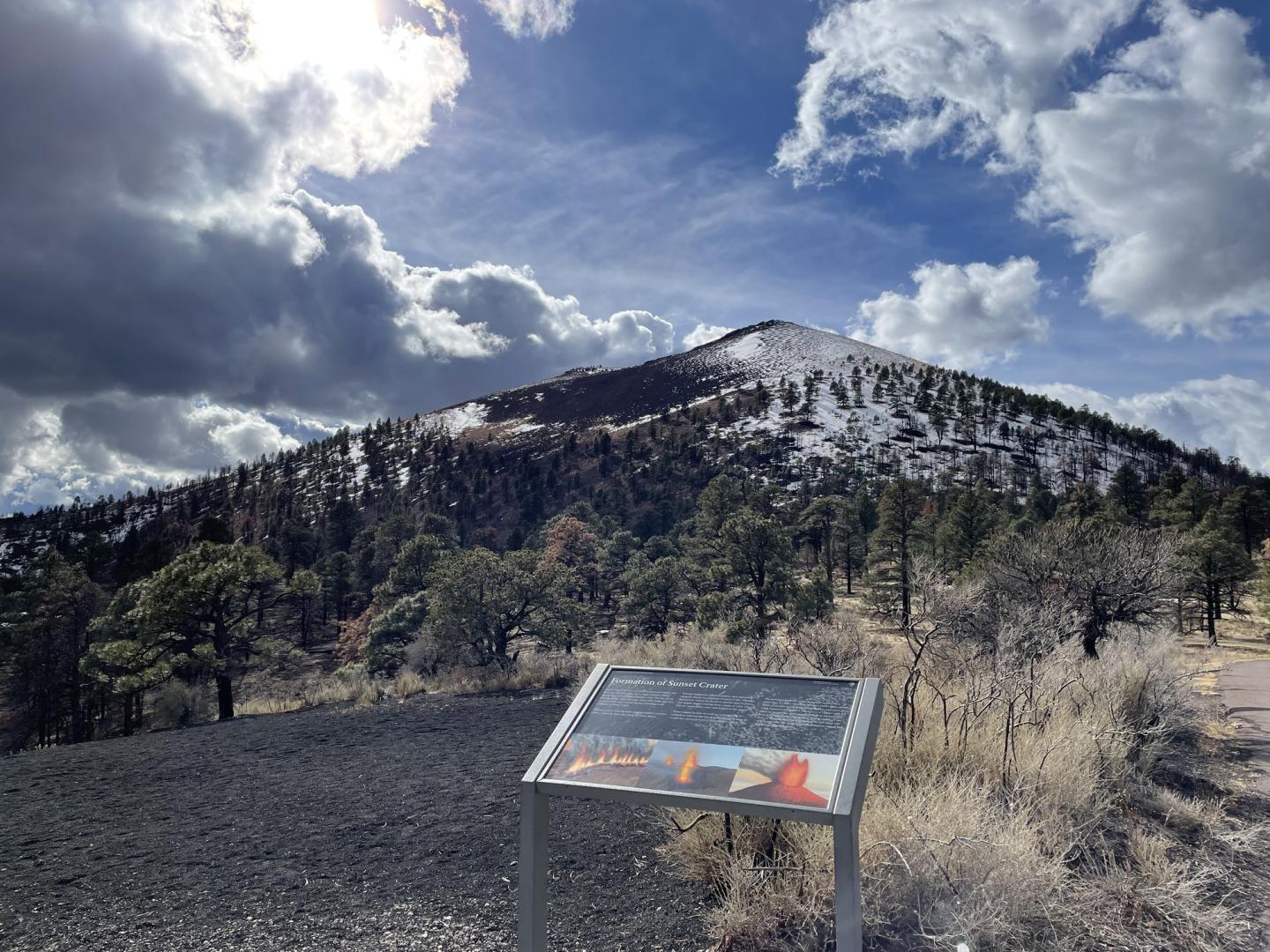
Opening the outdoors
These trails represent just a fraction of the accessible experiences available across America’s national parks. From desert blooms and lava fields to historic structures and forest bogs, there’s a trail waiting for every kind of traveler.
Accessible travel doesn’t just benefit individuals with mobility challenges—it helps families, older adults, and anyone looking for a gentler way to connect with nature. As accessibility grows, so does inclusion—and with it, the collective joy of exploring public lands together.
Tips for planning an accessible national park visit
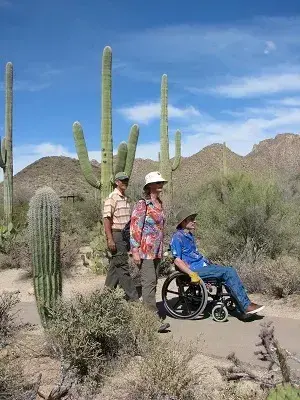
Start online
Most park websites now include accessibility guides with info on trails, facilities, parking, and more.
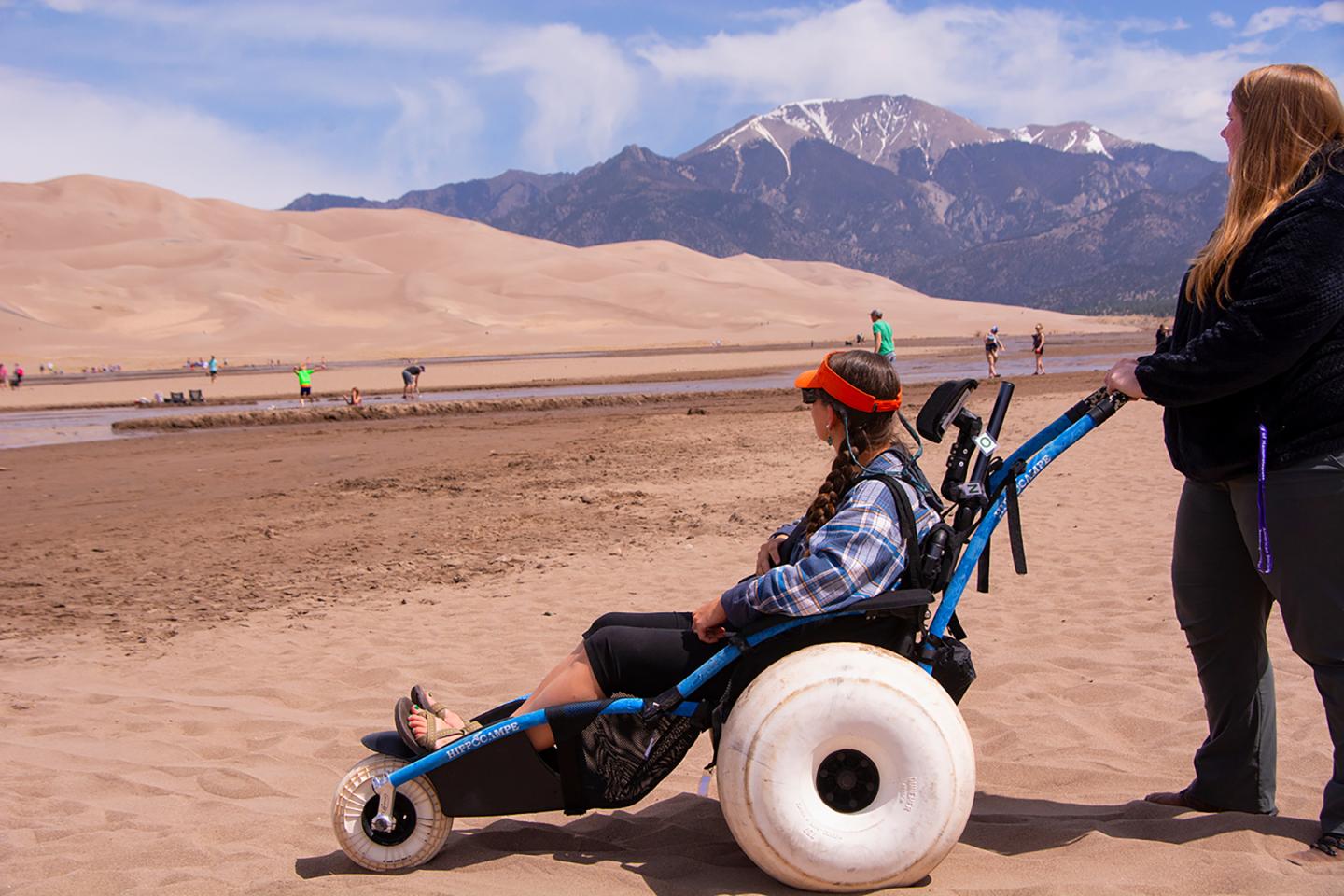
Call ahead
Park rangers can often give up-to-date advice on trail conditions and accessibility.
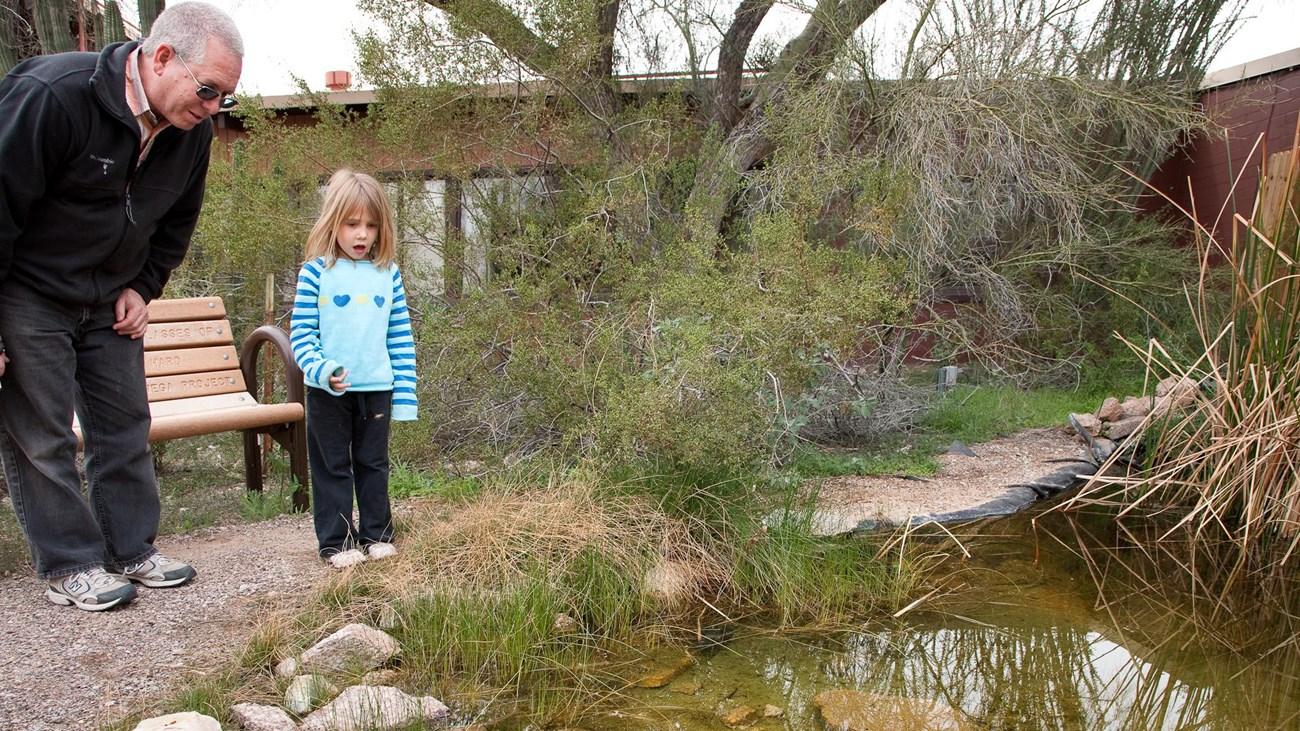
Pack smart
Bring water, a hat, sunscreen, and whatever mobility aids you need to make the most of your visit.
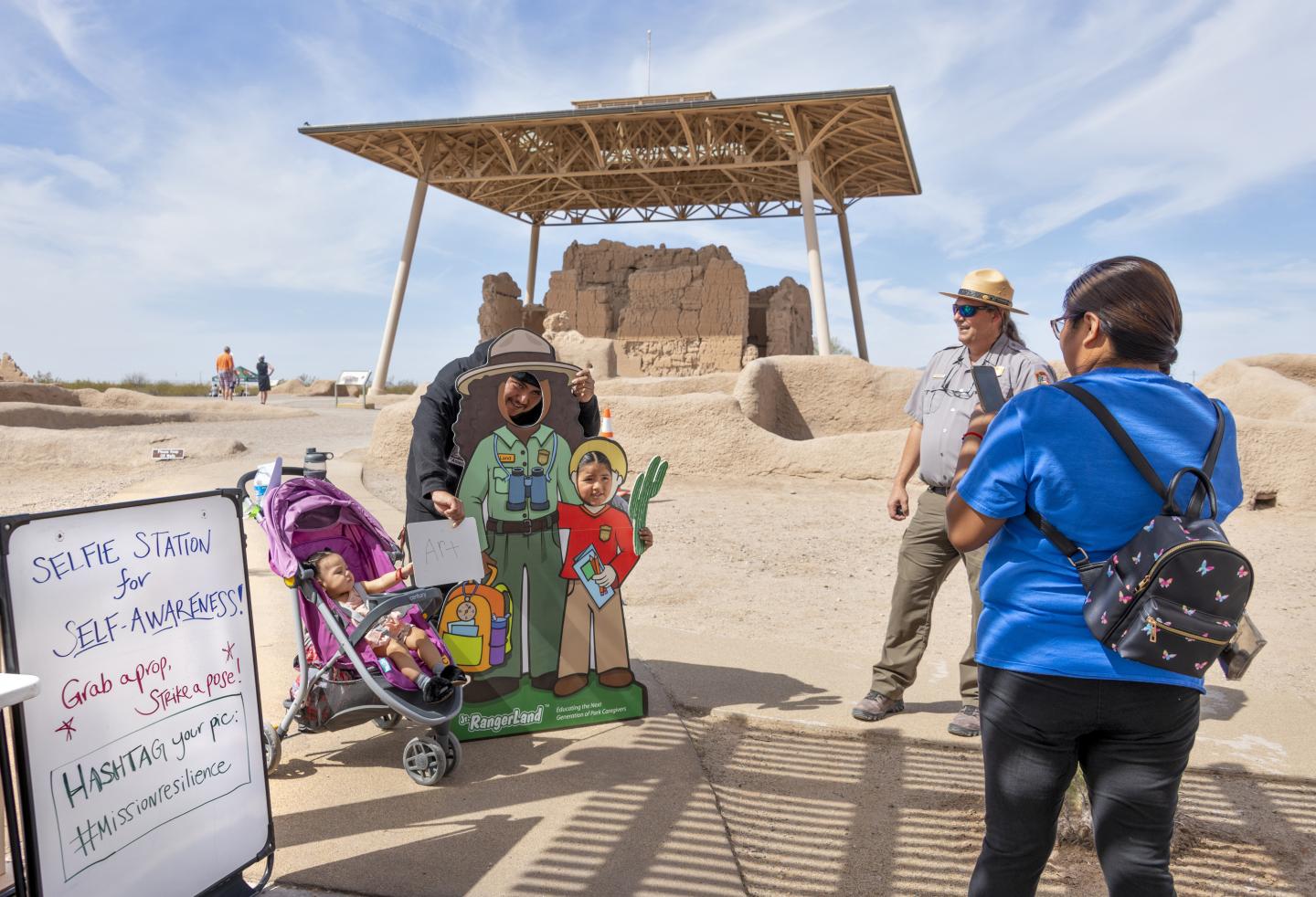
Ask about passes
Visitors with permanent disabilities may qualify for the free Access Pass, which grants lifetime entry to federal lands.



